This is only the third interview I’ve done here at LiA, but it just seemed like too good an opportunity to pass up. Jake Jung is a fellow resident of West Japan and we’ve become acquainted online over the past few months. He’s a part of the process of getting anime and manga to us in English in legal, timely fashion – something too many of us (myself included) tend to take for granted. Hearing from someone in the industry was fascinating for me, and I hope it will be for you as well. Will this be a case of “how the sausage is made”? Read on to find out…
LiA: Jake, welcome to LiA! Can you just introduce yourself to the readers – who you are and what you do?
Jake Jung: Hi, I’m Jake Jung. I’m a Japanese-to-English translator primarily focused on anime and manga. I’ve translated 6-plus shows for Sentai Filmworks (including Made in Abyss, Flying Witch, and Atom the Beginning), and I’m currently adapting the Made in Abyss manga for Seven Seas.
L: You do realize you have what many anime fans would consider a dream job, I assume?
J: Yeah, I do! I count my lucky stars. It is made even better because the staff members I interact with at Sentai Filmworks are all fantastic. I consider their director of translation, Javier Lopez, a good friend, and we chat about a lot more than just anime.
L: And of course, you live in Japan to boot. How long have you been over here full-time?
J: Not including my year of studying abroad in Kyoto, I’ve been in Japan full-time for just over 10 years now. My wife is Japanese, and we have two kids. Even after a decade, I still really love living here.
L: It’s a fascinating, frustrating and entrancing place, no question. You live in Kagawa Prefecture I believe, right? I may have mentioned this at some point already, but are you familiar with the manga/anime Udon no Kuni no Kiniro Kemari?
As far as I know the only anime set in Kagawa.
J: That’s right, I live in Kagawa. The town I’m in is pretty rural, but we’re right by a fantastic national park and the prefectural capital of Takamatsu isn’t too far away. I remember you mentioning Udon no Kuni no Kiniro Kemari. I have it on my to-watch list and still need to check it out! Udon definitely is serious business here. People often say we have more udon restaurants than convenience stores, and I believe that to be true. There’s even a fun “udon school” in Kotohira where you can make your own udon.
L: I adore that series, as fans of the site know. I also adore Made in Abyss, and that seems like a good segue to talk about that series. It’s one of your favorites that you’ve worked on, isn’t it?
J: It is indeed. I still can’t believe how lucky I am to have been given the opportunity to translate a show of that caliber only a year and a half into my time as an anime translator. The world-building in that show is exceptional. The Abyss and the city surrounding it are fascinating to me. Also, the manga artists, Tsukushi Akihito, has me completely invested in the characters. So Made in Abyss really packs an emotional punch when the characters face adversity, which they do in spades.
L: It’s also – how can I say this – a little squirrely at times, isn’t it? There are definitely moments that make you uncomfortable as a viewer/reader.
J: There certainly are. I think some it comes down to how young the protagonists are. That said, I don’t think Tsukushi-sensei relishes in the suffering of his characters. I think it speaks to the uncaring brutality of nature and people’s ability to persevere and overcome.
L: For me, never being quite 100% sure about that – Tsukishi’s intentions – is one of the fascinating things about that series. I have that feeling with Togashi sometimes as well. If we can, let’s talk about process just a bit. I’m sure there are times when you’re unsure of the specifics of a translation. What does that look like – I’m assuming you don’t generally have access to the author or director of the series in question?
J: Yeah, that is a struggle sometimes. It is understandably frowned upon to try reaching to any of the staff directly (they are generally exceptionally busy people, after all). Normally when a translation issue comes up I’ll make a note of my thoughts about it and get in touch with Sentai’s director of translation as well as the project manager to get their input. If the anime is based on a manga or some other source material, I’ll also try searching the Net to see how Japanese fans interpret something. One example from Made in Abyss is the creature names. They are written in katakana, so the intended kanji (and therefore meaning) is not clear, but at the same time is clear they are meant to convey some meaning and not simply chosen for how they sound. For example, an avian creature that mimics the cries of prey it has killed in order to attract more prey is called a ナキカバネ [nakikabane]. In this case, it’s pretty clear the intended kanji are 啼屍, which equals “crying corpse”. I then stylized that as “corpse-weeper.” When I make terminology decisions of this kind, if time allows I always try to run them by my colleagues at Sentai for their input.
L: Wow. Because with Kanji involved there are so many layers to the language, so many intermediate steps – it has to be a challenging process. And of course, translating manga and anime happens on a very different sort of timetable I’m guessing!
J: While it isn’t possible or practical to reach out to the licensor for every little thing (especially on a tight simulcast schedule), it is usually possible to get a response for big ongoing questions that are of consequence over the entire course of the story. For example, in the anime I’m currently translating, Release the Spyce, I was able to confirm the genders of the show’s animal helpers. Japanese doesn’t use pronouns nearly as often, so I would have had no of knowing without asking.
L: The pronoun conundrum…
J: Yeah, the genders of a couple characters in Made in Abyss, Nanachi and Marulk, are not clear and no pronouns are used in the Japanese source material. I consulted my colleagues at Sentai and made the call not to use any gendered pronouns for them, and I was vindicated when Tsukushi-sensei replied to a fan on Twitter, and writing in English said, “The sex of Nanachi is unknown. Let’s imagine.” https://twitter.com/tukushiA/status/908947558545817600 And while there are some simulpub manga, most manga are published as standalone books, witch affords a more generous schedule. So, while it depends on the licensor, it is at least potentially possible to get more confirmation from the creator’s side.
L: LOL. I follow him on twitter as well, he comes out with some good stuff. He also retweets a ton of fanart. It’s funny, as soon as Marulk showed up (I hadn’t started the manga then) I immediately thought – “Huh – I think that’s a guy.”
J: Yeah, a bonus chapter in the manga heavily hints at Marulk having male anatomy, but that still wouldn’t settle the pronoun issue anyway. Also, I love how much fanart Tsukushi-sensei retweets. You can tell how excited he is that people enjoy his work
L: Changing topics… It’s a bit of a cliche question I know, but as someone who’s done it – what very general advice would you give fans who want to seek out a career in translation for anime and manga?
J: Japanese is a difficult language to become proficient in as a native English speaker, so you really need to be serious about devoting a lot of time to learning the language. The first step is achieving something near JLTP N1 ability in Japanese. As far as practice, you can find a manga or anime you like with an official English release translated by someone you know does good work, and then translate it yourself and compare that to the official English release. That should prove to be a good learning experience. Of course, manga, anime, and video games all feature a lot of dialogue, so experience in any of those fields will make you more adept in all of them. I think especially with all the mobile gacha games out there these days, there’s the most work to go around in the game translation field, so it could be best to start there and then apply to your favorite anime (and/or manga) publishers when you are confident in your skills and experience.
L: I can certainly attest to the difficulty of Japanese proficiency, but I got a later start than many which doesn’t help.
J: Yeah, seeing my kids grow up with both languages and become incredibly bilingual, I can attest that it’s easier to pick up languages when you’re young. That said, I didn’t start studying Japanese until university when I was 18, and I think that’s the case for most Japanese-to-English translators. Whereas sheer bilingual ability plays a bigger role in interpreting, when it comes to translating your ability to write well in your native language is very important. I would therefore recommend reading novels by authors who are great writers and maybe even trying a bit of creating writing yourself.
L: Another standard question but one I love – can you share a couple of the series, manga or anime, that were “formative” for you? That helped make you a fan?
J: Sure! As far as becoming interested in Japan in the first place, I had made a few good Japanese friends in high school (whose fathers were transferred to Michigan for their auto-industry work), but honestly my fondness of anime was also a factor. Shortly before starting college I caught Cowboy Bebop on Adult Swim. I think that’s a common gateway anime for many people. I had the good fortune of turning on the channel right when episode 5, Ballad of Fallen Angels was starting. The one-two punch of the highly-stylized action and great jazz-infused score by Yoko Kanno completely drew me in. I ended up ordering the DVDs and binged watched the show as soon as they arrived. I quickly got into anime and never looked back. (Well, after college there were a few years I didn’t watch that often, but even when things got busy watching a show or two in my downtime was a real pleasure and great way to recharge my batteries.)
L: Bebop was a gateway show for a lot of people, that’s for sure. For me (guess I’m showing my age here) it was it’s Sunrise predecessor by a couple of years, Outlaw Star (among others).
J: Another show I watched early on after getting into anime that had a big impact on me was Neon Genesis Evangelion. My first year or two of college I had some confidence issues and I was shyer then than at any other point in my life. I was also struggling with what to major in and what to do with my life. My father was the president of a mid-sized company and from a young age I was kind of groomed to eventually take over his position, but in the end I decided to forge my own path in life. So the themes of the series and what Shinji was going through really spoke to me.
And oh yeah, Outlaw Star is great! Speaking of Sunrise, I had the opportunity to translate the first 25 episodes of Blue Gale Xabungle. What a fun, wacky, fourth-wall-breaking show that is!
L: Evangelion was probably the single biggest factor for me, too. It really changed my perception about what anime was, and could be. Xabungle, now that’s a chestnut! I have no memory of ever watching an episode – I’m not sure it even got any kind of an airing in the States.
J: Yeah, Xabungle never got an official release in the U.S. until it began streaming on HIDIVE last year. The Blu-ray with all fifty episodes and the Xabungle Graffiti compilation movie (also translated that!) comes out from Sentai’s sister company, Maiden Japan, this December.
L: I’ll definitely check that out. Paleo-Tomino.
J: Yeah, Tomino directed Xabungle pretty early in his career and many people consider it one his most upbeat works. I also translated both seasons of Sunrise’s ClassicaLoid. I actually learned a good deal about classical musical and the composers behind it while working on that show. And it was also nice that my kids were able to watch and enjoy that one, too.
L: I won’t ask you to name names, but is your job a lot easier – or at least more fun every day – when you’re working on something you personally love, like Made in Abyss?
J: Working on something I personally enjoy does help. I think both Sentai and Seven Seas pay quite fairly, but I could certainly be making more per hour translating finance stuff (which I’ve actually done quite a bit of), so being a fan myself and having a passion for anime and manga is definitely a factor in my choosing this field. I’m thankful that, when possible, Sentai lets me select between 3-plus shows to translate each season.
L: That pre-answers my next question, which was going to be how much input you have on projects.
J: All the translators at Sentai also answer a questionnaire about what kind of genres we like, and the project manager(s) get to know us and our skillsets over time, too. Last spring I was asked to translate Season 2: Part II of Hozuki’s Coolheadedness because it is notoriously difficult due to the Japanese/Buddhist mythology, and the director of translation thought I was up to the task. I was honored by his assessment and gladly took on the show — which is a fantastic dry comedy.
L: I’m struck by the overlap in our tastes – I love Hoozuki too. And I could see that being a serious bear to translate. That’s a hell of an honor (pun intended). Not just the Shinto and Buddhist stuff, but massive amounts of Japanese pop culture references too. Real esoterica.
J: Yeah, reading many of your reviews, I agree we have rather similar taste in anime! You’re right about the pop-cultural references too. I think living in Japan for so long definitely helps on that front. Also, I sometimes consult my wife if I get stumped. You may recall there was that one youkai named Nurarihyon who wanted to change his appearance to look more formidable, so he went about trying on various outfits. One of the outfits was a simple white tank top, and another character remarked “Well, I suppose you are dressed like one kind of general…” It was a reference Kiyoshi Yamashita, an artist famous for his wanderings throughout Japan, during which he wore only a vest, garnering the nickname “The Naked General”. https://en.wikipedia.org/wiki/Kiyoshi_Yamashita There was also this one reference in Xabungle from a random 1970’s radio show. It took Sentai’s director of translation and myself a while to track that one down.
L: Jake, thanks for taking so much time to chat – it’s great for fans to hear from someone who’s actually part of the process of bringing the product to them. Any message you’d like to share with the readers before we wrap?
J: It’s been great chatting with you! Especially when it comes to simulcasts, anime translators sometimes need to work at odd hours of the day to meet tight deadlines. I believe the majority of us are passionate about what we do and try our best. So if you see a pun, joke, or terminology choice that you think was handled really well, consider sharing that with the translator — you’ll really make their day!
L: We definitely appreciate the hard work you do, believe me. Thanks again for stopping by!
Jake on the web:
ANN:


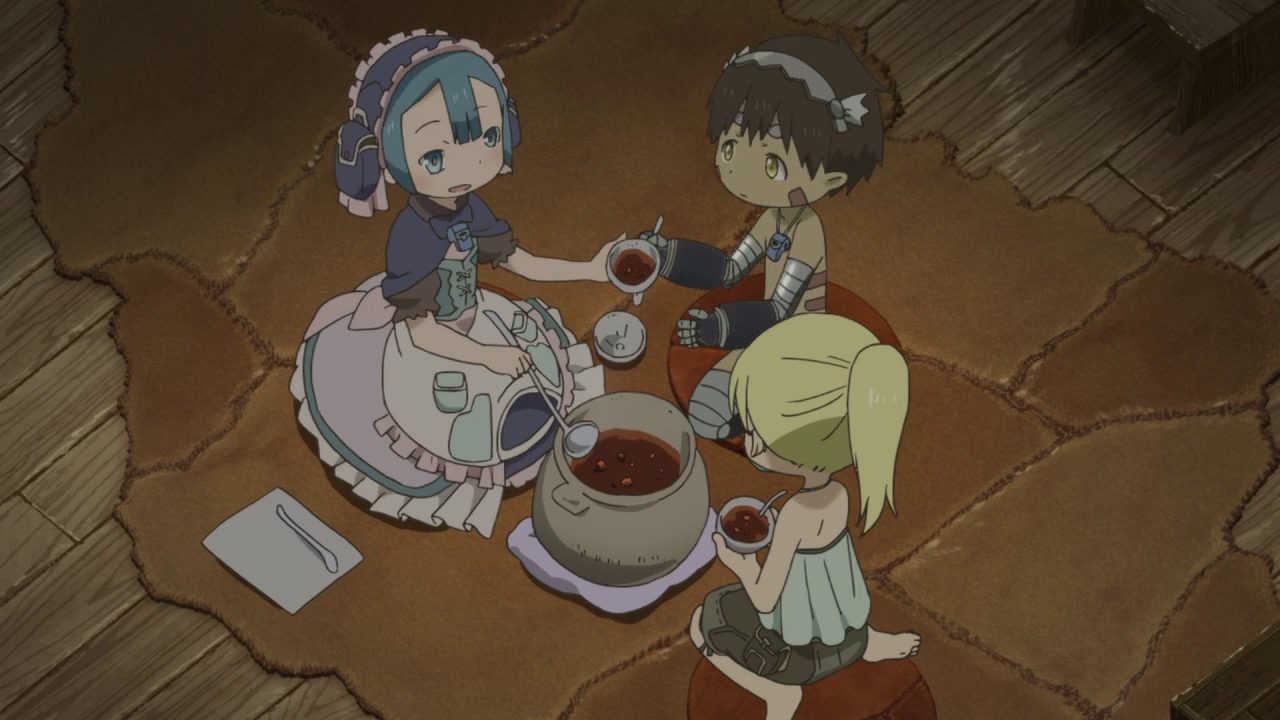
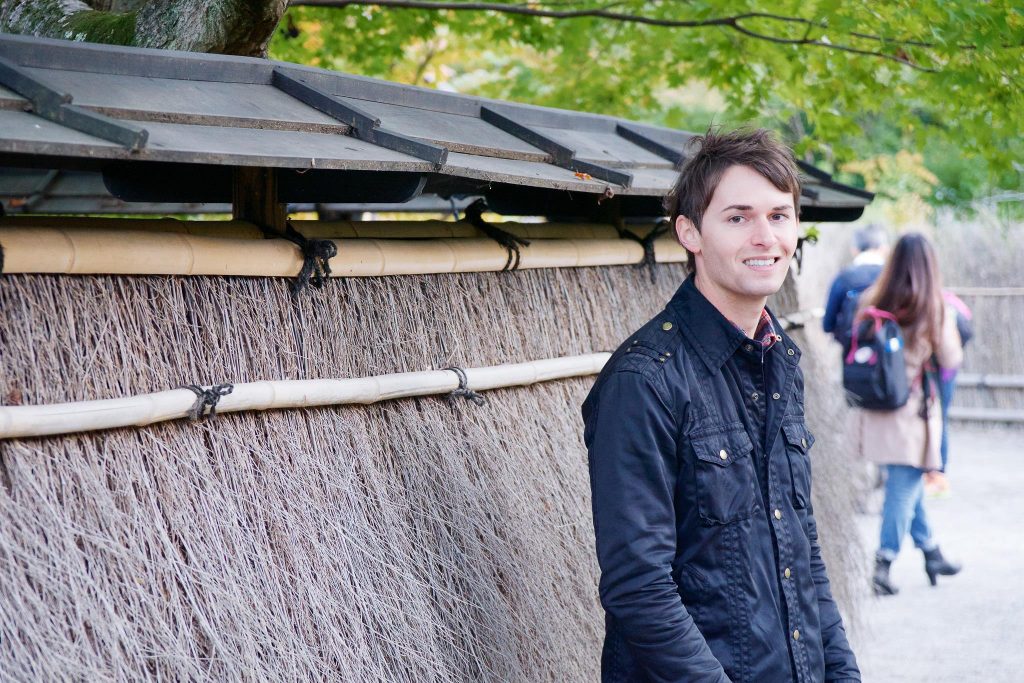
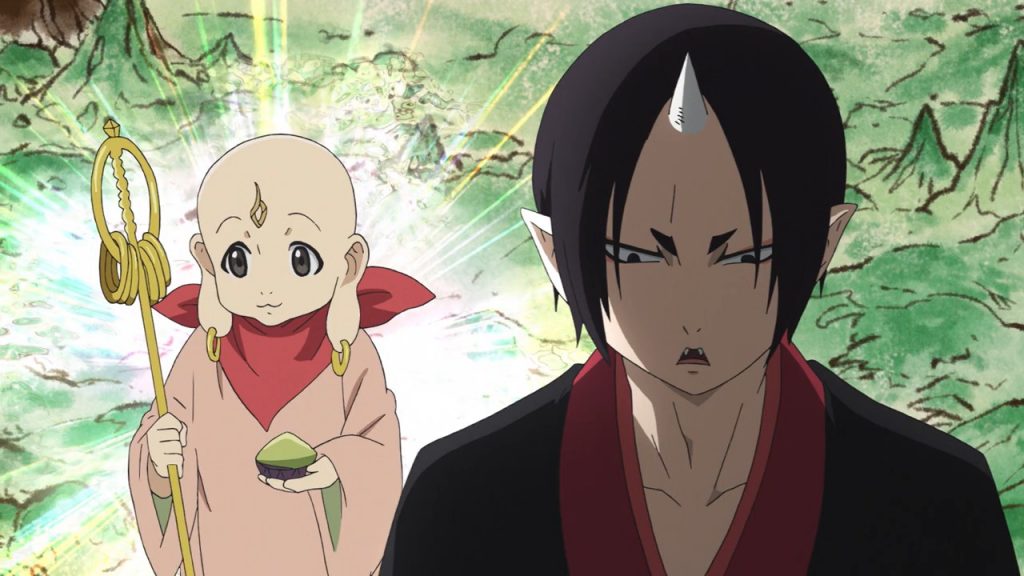

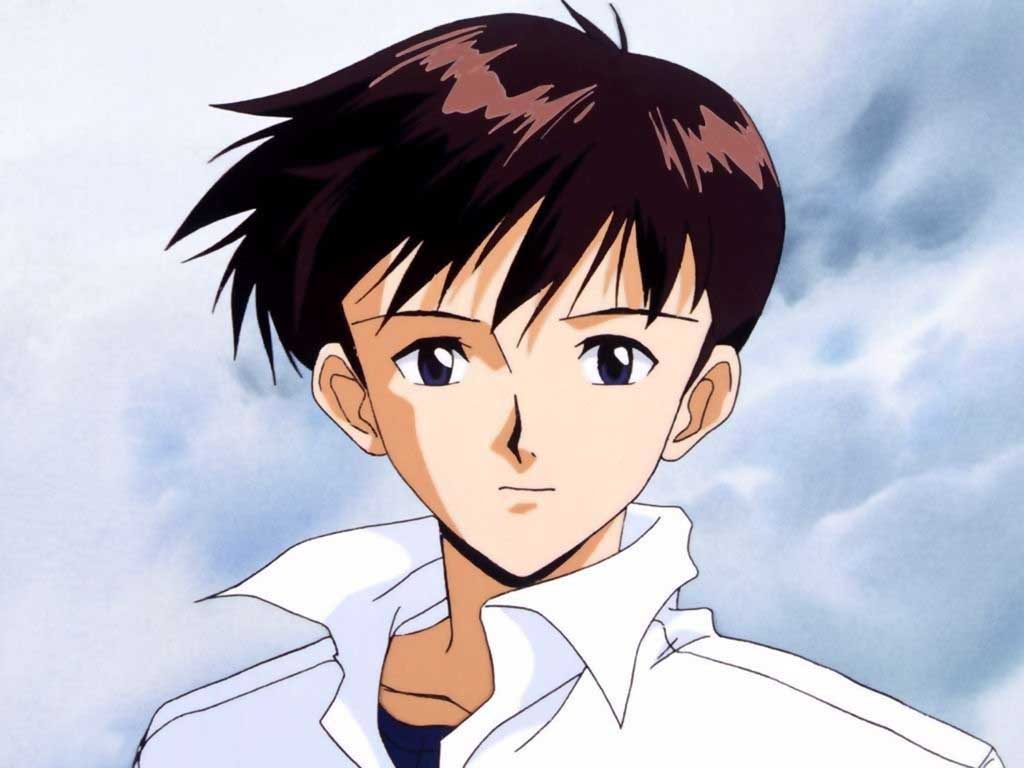
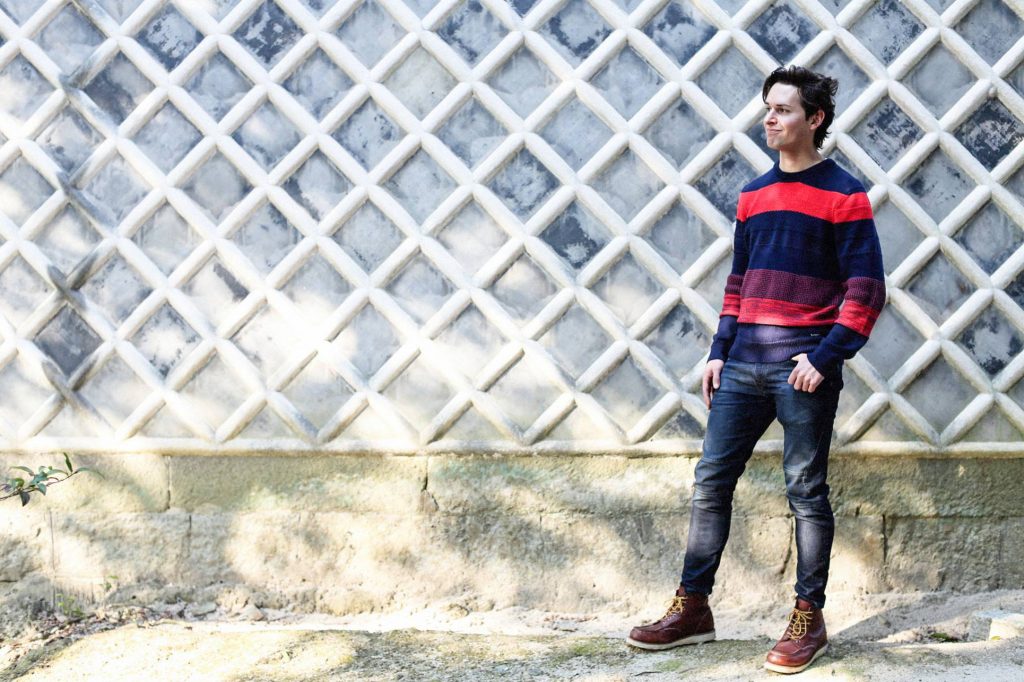
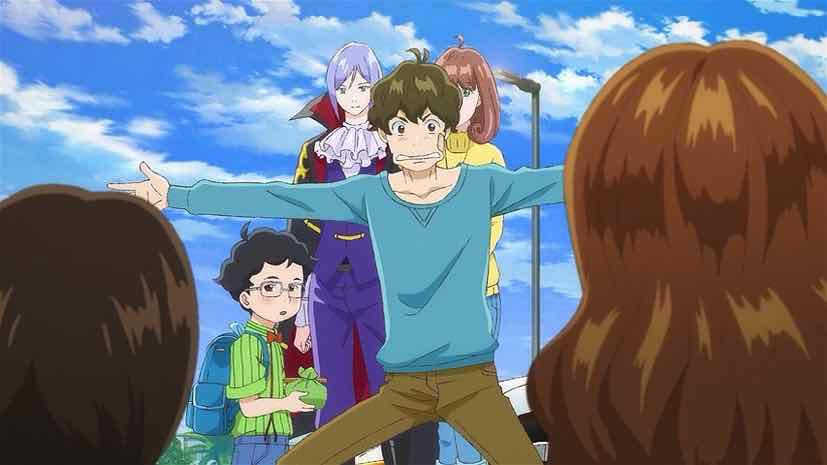
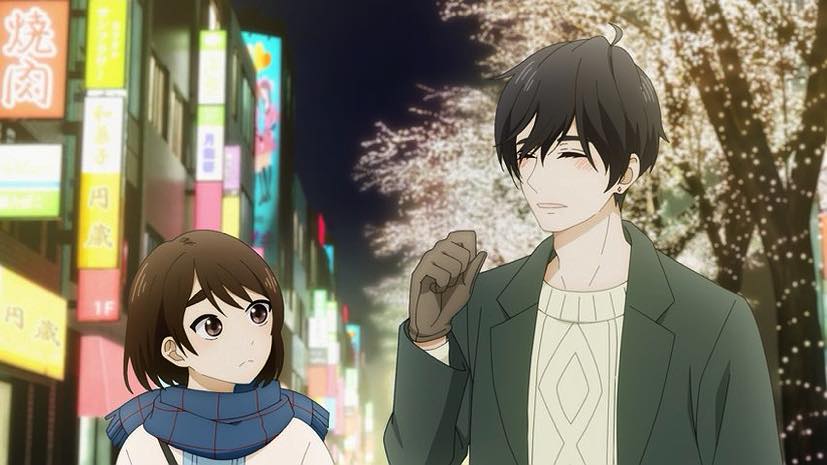
slazer
October 17, 2018 at 12:19 amHey Enzo – this is a super cool article!
If you get the chance please thank Jake again; I’ve been incredibly interested in the “liberties” that translators take when they’re translating, and how my perceptions (especially as an English-only viewer) are potentially altered by the subtitleist. Jake’s point about the challenges of Hoozuki are fascinating, too, because I imagine that same problem translates for sports anime where the subtitleist isn’t familiar with the terms.
Cool stuff!
sweejen
October 17, 2018 at 12:56 amThis was a fun read. Thank you, Jake, for making time in your schedule to share what you do!
Guardian Enzo
October 17, 2018 at 6:18 amThanks for the thanks! I would encourage anyone to thank Jake personally if they’re so inclined – you can certainly reach him on twitter if you’re so inclined, or leave a comment on his website.
Setsuken
October 17, 2018 at 10:13 amMan that conversation between the two of you was VERY very interesting to read. Kinda wish we (or perhaps more specifically you) were still doing the podcast thing, as I would LOVE have to have just even heard the two of you chat. Great interview! 😀
Guardian Enzo
October 17, 2018 at 11:44 amI haven’t given up on that! Just hoping some time will free up.
Onix Franceschini
October 17, 2018 at 8:32 pmGreat read, made even better by the fact that I’ve been collecting the MIA manga as it comes out. Exceptional work being done there, for sure!
elianthos80
October 18, 2018 at 4:15 amOooh prestige chat! * confetti and sake *
Bless mr. Jung for translating Hoozuki especially :,)